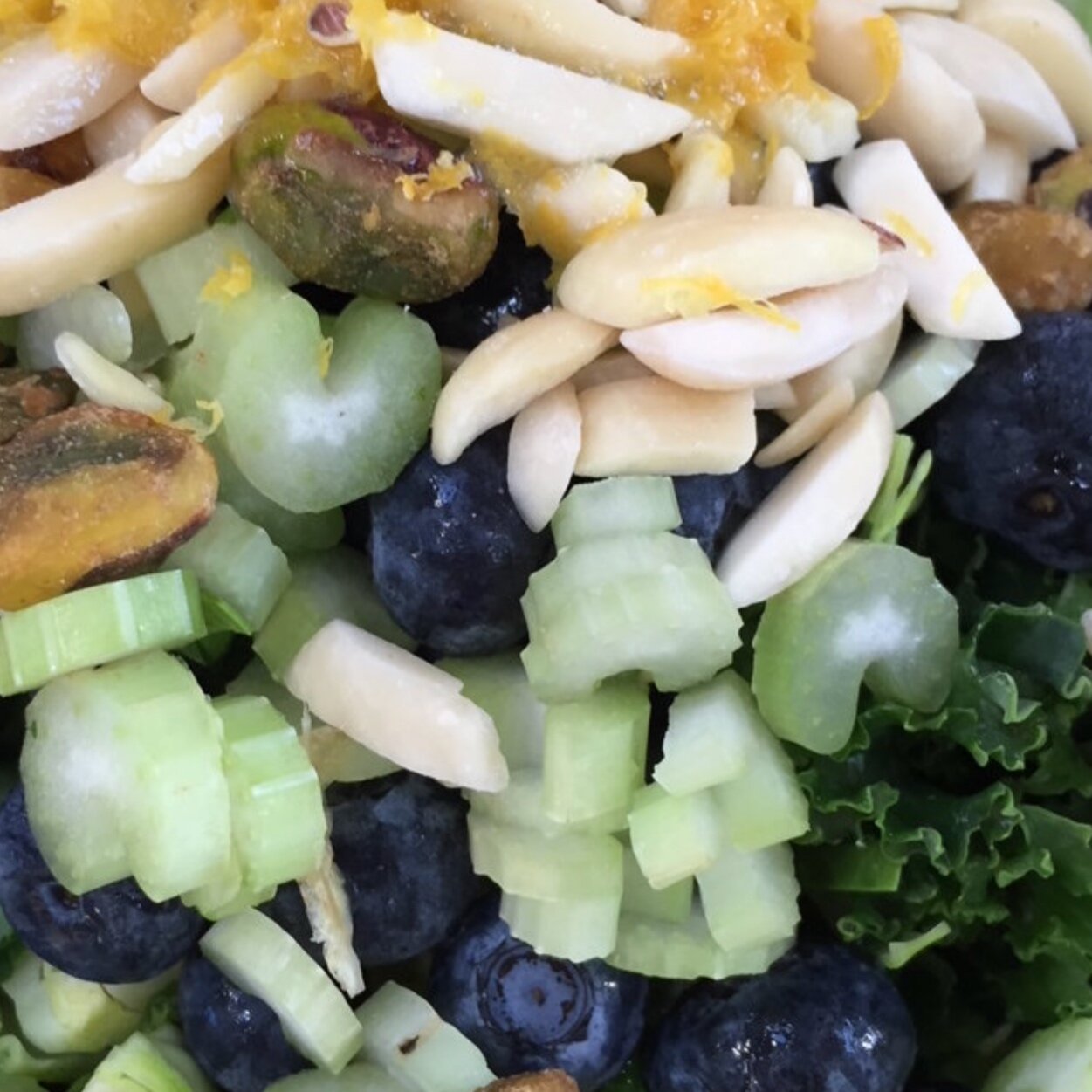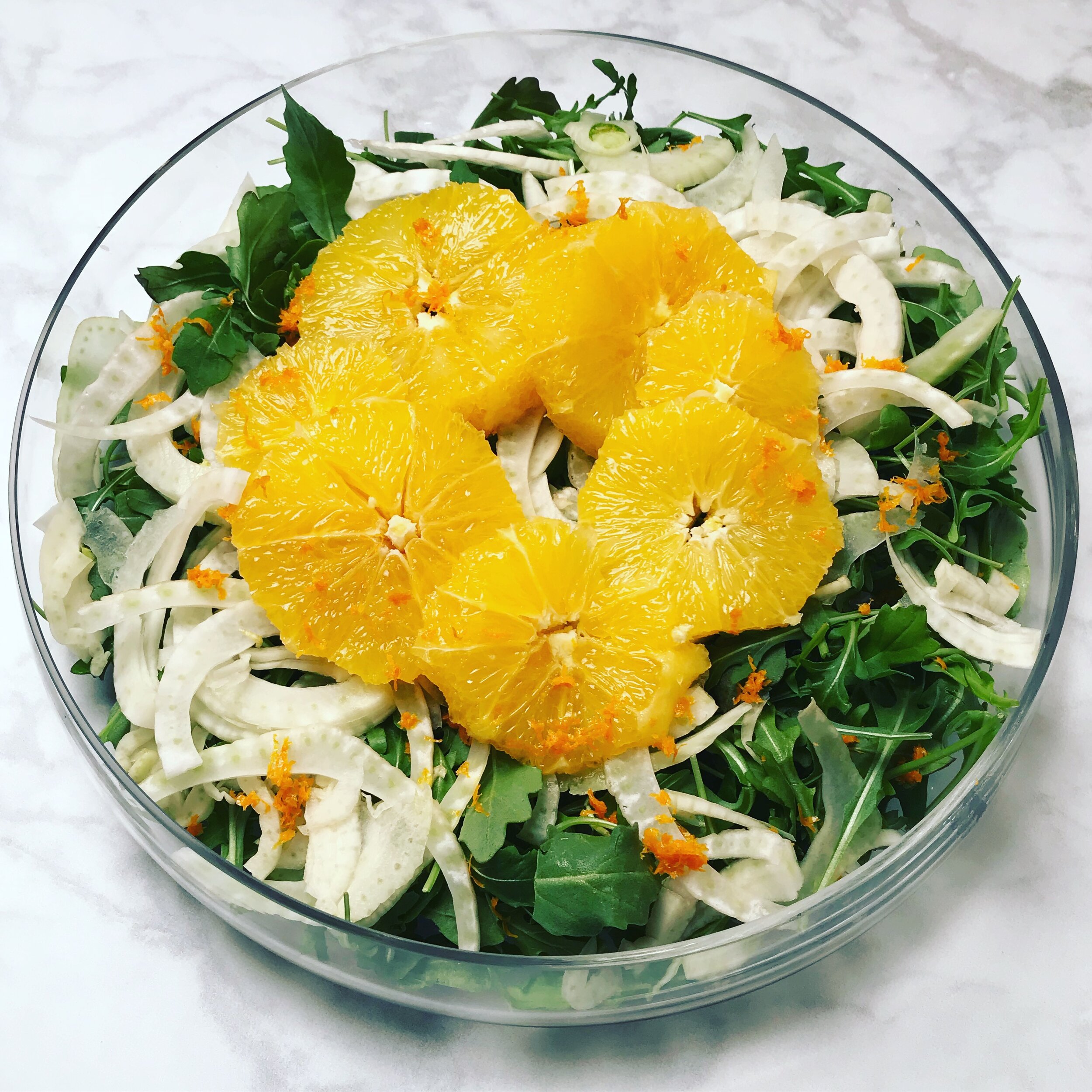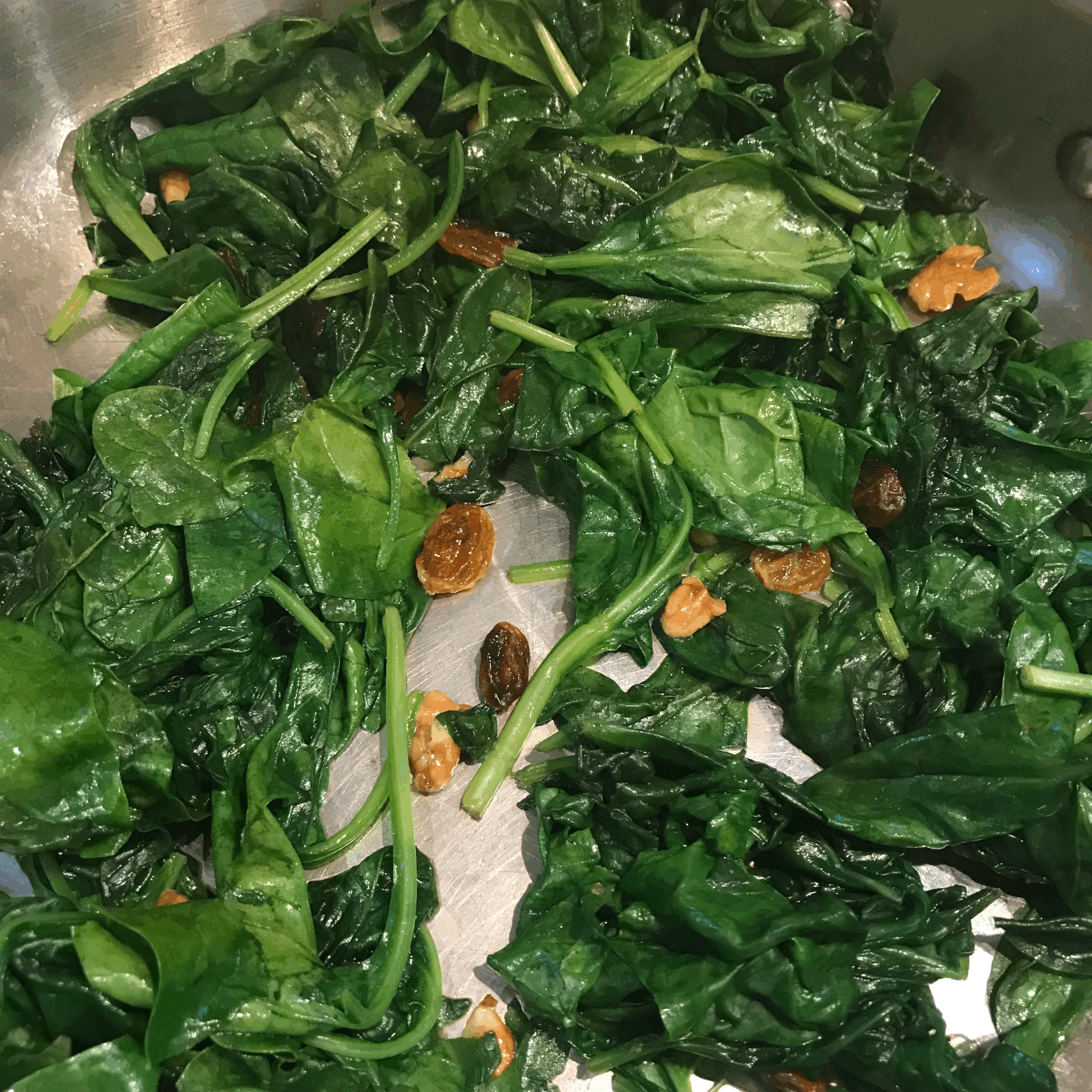6 side dishes for lower blood pressure and improved cardiovascular health
This February marks the 57th annual American Heart Month. This long tradition helps educate people about cardiovascular disease and promotes longer, healthier lives. Despite this wonderful tradition and progress, heart disease remains the single largest health threat to Americans. This month I invite you to learn more about this amazing organ system and then give it some extra TLC with common ingredients from your kitchen.
What is the endothelium?
From a big picture perspective, our cardiovascular system is composed of our heart and a complex system of vessels. At a microscopic level, these vessels are lined with a thin layer of specialized tissues called endothelial cells. This cell layer acts as the interface between the blood and underlying vascular tissue. Endothelial cells respond to moment-to-moment changes in blood flow and blood pressure. They produce factors like nitric oxide that help the vessel wall vasodilate for increased blood flow. Healthy endothelial function and blood flow are associated with improved vascular health, improved wound healing, healthy inflammation balance and better sport and lifestyle performance. Taking care of our heart includes supporting this delicate and vital tissue.
Nitric oxide (NO), an essential ingredient for healthy endothelium
Nitric oxide (NO) is a molecule that’s produced naturally by your body in the endothelium. Its function is to signal the inner muscles of the blood vessels to relax. This relaxation, or vasodilation, allows blood, nutrients and oxygen to travel to every part of your body and helps control our blood pressure. Nitric oxide levels in the body can be compromised by nutritional deficiencies, smoking, elevated blood sugar, a sedentary lifestyle and advancing age among other factors. Nitric oxide production is dependent on a sufficient supply of nutrients including the amino acid arginine and key micronutrients like folate, vitamin C, and magnesium from the diet. Switching up your diet is one of the best and most effective ways to naturally boost levels of this important molecule.
6 side dishes to Boost Nitric Oxide Levels
Beets and greens in particular are rich in dietary nitrates, which your body can convert to nitric oxide. Several studies have shown that beet consumption can improve nitric oxide levels and blood pressure control. Greens like spinach, arugula, kale, and cabbage are also packed with nitrates which are converted to nitric oxide in the body. Greens come with the added benefit of folate and antioxidants. These are some favorite side dishes at my dinner table:








